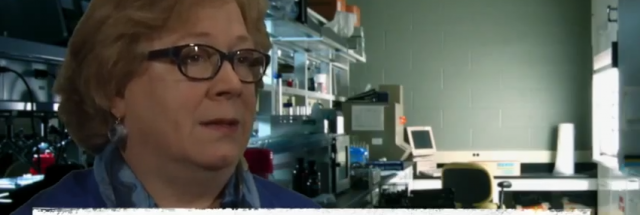The Dutch took the first slaves to Brazil to work the plantations of the Sugar Jews. If you lived back then you could have bought stock in the slave ships or the Dutch West Indies Company.
For Black History Month 2019, the Jewish Museum London hosted an exhibition on the Jewish Abayudaya community in Uganda and organised tours exploring ways in which race is portrayed through religion. One of the objects in the museum’s collection discussed in the Black History Tour is a painting...

jewishmuseum.org.uk
The Dutch first participated in transatlantic slavery in the 1630s by transporting slaves to Brazil. Following that, the Netherlands also got involved in the slave trade to the Spanish colonies. In the 18th century, the country’s most important slavery markets were what are today Suriname and Guyana.
Initially, the Dutch trade was organised by the so called Dutch West Indies Company, but after 1730, an era of free trade developed. The Dutch part in transatlantic slavery is estimated at 5-7 percent. This means that about 550,000 – 600,000 Africans were deported by the Netherlands.
Dutch Orthodox Rabbi Lody van de Kamp wrote a book about Dutch Jewish complicity in the transatlantic slave trade. He talks about the Jodensavanne (“Jewish Savannah”), an agricultural community with 40 Jewish-owned plantations with at least 5,000 enslaved people in a part of former Dutch Guyana.
Seymour Drescher, a historian at the University of Pittsburgh states that Dutch Jews may have accounted for the resale of at least 15,000 enslaved people on the Caribbean island of Curacao.
According to Drescher, there was a time when Jewish people controlled about 17 percent of the Caribbean trade in Dutch colonies. However, Jewish involvement in transatlantic slavery is not unique as wealthy merchants across Europe of different faiths all participated.


